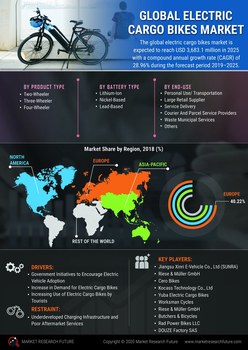Gain Knowledge Of Local Legislations To Ride Your E-Bike Securely And In Compliance With Policies
Gain Knowledge Of Local Legislations To Ride Your E-Bike Securely And In Compliance With Policies
Blog Article
Writer-Perkins Dejesus
Prior to you hop on your e-bike and struck the streets, it's crucial to comprehend the regulations and guidelines that govern your city. From speed restrictions to assigned riding areas, there's a great deal to take into consideration to ensure you're certified and risk-free. By acquainting on your own with the guidelines certain to e-bikes, you'll be much better outfitted to enjoy your rides with no unforeseen lawful concerns. Keep tuned to uncover crucial insights that will assist you navigate the e-bike landscape in your city perfectly.
Recognizing E-Bike Category
When it involves navigating the realm of e-bike laws and regulations, a vital starting factor is recognizing the category system that classifies these electric bikes. E-bikes are usually identified into 3 major classifications: Course 1, Course 2, and Class 3.
Course 1 e-bikes are pedal-assist just, suggesting they give support while the cyclist is pedaling and have a maximum speed of 20 miles per hour. These bikes are allowed in locations where standard bikes are permitted.
Course 2 e-bikes are furnished with a throttle that can push the bike without pedaling. They also have a maximum speed of 20 mph and appropriate for motorcyclists that might need support without pedaling continually.
Course 3 e-bikes are similar to Course 1 yet with a greater maximum speed of 28 mph. you could try here are commonly limited from specific bike courses or trails due to their higher rates.
Understanding these classifications is necessary for complying with local regulations and making certain a safe and satisfying e-biking experience.
Navigating Speed Limits and Constraints
To efficiently browse e-bike laws and guidelines, it's important to recognize the rate limitations and restrictions that apply to various courses of electrical bikes.
Rate limits for e-bikes differ depending on the classification of the bike. Class 1 e-bikes, which are pedal-assist just and have a maximum speed of 20 miles per hour, are normally allowed on bike lanes and paths.
Course 2 e-bikes, which have a throttle in addition to pedal-assist and additionally get to rates of as much as 20 miles per hour, might be limited in certain areas where motorized vehicles aren't permitted.
Class 3 e-bikes, with pedal-assist as much as 28 miles per hour, are generally required to adhere to the very same regulations as typical bicycles.
It is necessary to follow these rate limitations and limitations to guarantee your security and the safety of others on the road. Prior to riding your e-bike, acquaint on your own with the specific policies in your city to prevent any potential penalties or lawful issues.
Where to Ride Your E-Bike
To identify where you can ride your e-bike, it's vital to know the regulations and standards particular to your location. In a lot of locations, e-bikes are normally permitted on roadways and roads where conventional bikes are allowed. This might include bike lanes, bike paths, and shared streets. Nevertheless, it's essential to examine regional legislations as some cities may have details constraints on where e-bikes can be ridden.
When riding your e-bike, always prioritize safety by adhering to website traffic rules and valuing pedestrian pathways. In https://www.familyhandyman.com/article/e-bike/ , bear in mind any marked bike lanes or courses in your location and utilize them whenever feasible to make sure a smoother and much safer ride.
Some cities likewise have policies concerning e-bike use on walkways, so see to it to acquaint yourself with these rules to prevent any penalties or penalties.
Verdict
Now that you recognize with the laws and regulations surrounding e-bikes in your city, you can confidently hit the trail recognizing where you can ride and what restrictions put on your e-bike classification. Remember to always focus on https://fat-tire-ebikes10875.thelateblog.com/33579523/discovering-e-bike-kinds-what-each-category-stands-for and comply with the regulations to guarantee a smooth and lawful ride. Pleased riding!
